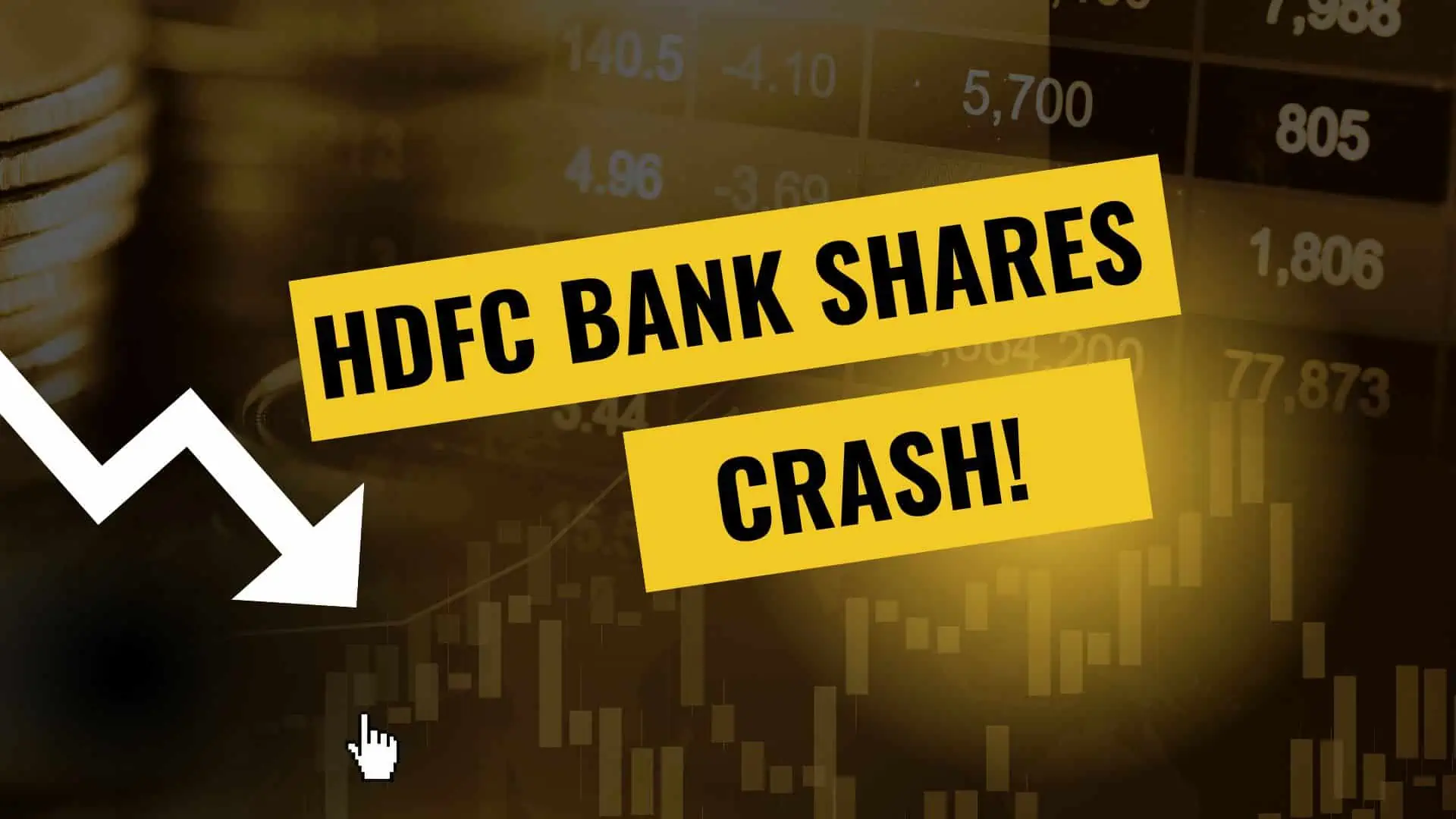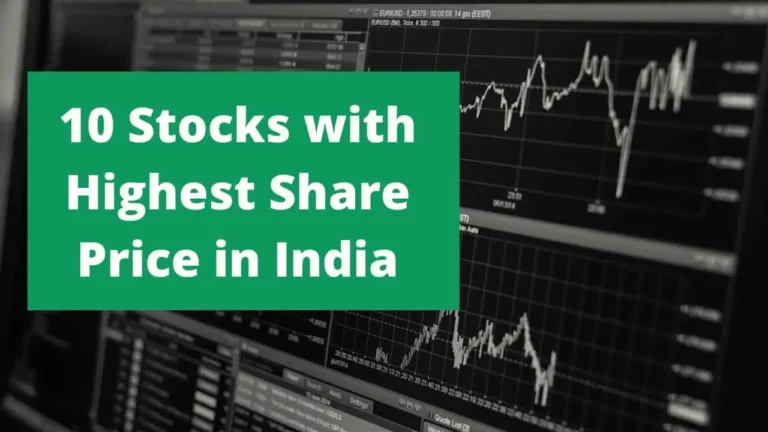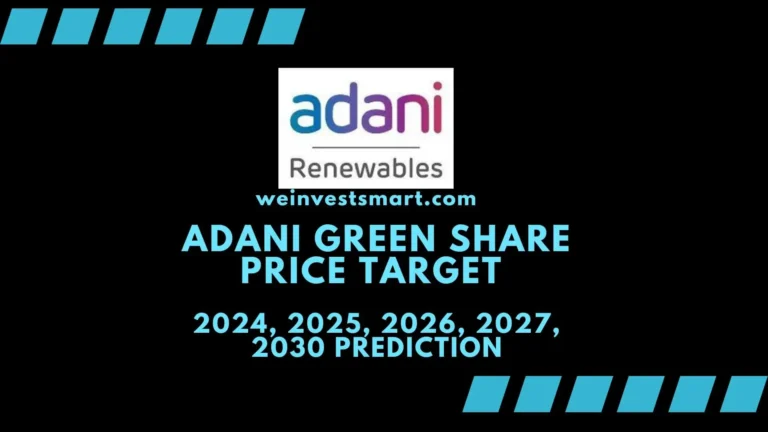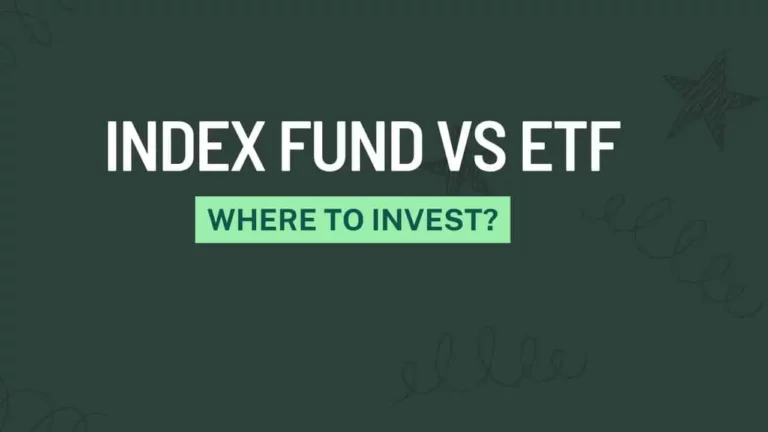HDFC Bank Share Analysis: Why It Crashed and What Lies Ahead in 2024
HDFC Bank, India’s largest private sector lender and second most-valued stock, witnessed a sharp decline in its share price on 17th Jan 2024, after announcing its third quarter results for the fiscal year 2023-24. The stock plunged 8.5% to close at Rs 1,570 on the BSE, its worst daily performance since the Covid crash in March 2020. The bank’s market capitalization also eroded by Rs 1 lakh crore to Rs 11.67 lakh crore.

In this blog post, we will analyze the reasons behind the HDFC Bank stock crash, its financial performance, its strengths and weaknesses, and its future outlook. We will also provide our HDFC Bank share price target for the next few years, based on various sources and methods.
Consider reading: HDFC Bank Share Price Target
Page Contents
HDFC Bank Q3 Results: A Mixed Bag
HDFC Bank‘s Q3 results for the quarter ending December 2023 present a complex picture, mixing solid financial growth with areas of investor concern. While the bank’s net profit saw a significant year-on-year jump, other key metrics indicate a more nuanced situation.
Highlights of HDFC Bank’s Q3 Performance:
- Net Profit Surge: The bank reported a 33% increase in net profit to Rs 16,373 crore, exceeding analysts’ expectations. However, this was aided by a one-off tax provision write-back.
- Operating Profit and NII Growth: Operating profit rose by 14.6% to Rs 19,341 crore, while Net Interest Income (NII) increased by 12.6% to Rs 29,314 crore.
- Asset Quality Improvement: Notably, the gross NPA ratio improved to 0.81%, and the net NPA ratio to 0.09%.
- Lower Provisions and Contingencies: A 37.6% reduction in provisions and contingencies reflects the utilization of excess provisions from previous quarters.
Areas of Concern:
- Stock Market Reaction: Despite these gains, HDFC Bank’s stock experienced a downturn, influenced by certain disappointing metrics.
- Flat Net Interest Margin (NIM): NIM remained unchanged at 3.7%, raising concerns despite a reduction in balance sheet cash and investments.
- Slowed Loan Growth: The bank’s loan growth decelerated to 13.9% year-on-year, with retail loans growing only by 9.5%.
- Moderated Deposit Growth: The deposit growth rate slowed to 19.1% year-on-year, and the CASA ratio slightly declined.
- Subdued Other Income Growth: Growth in other income, including fees and treasury income, was limited to 5.3%.
Management’s Perspective:
- Focus on Digital Capabilities and Risk Management: HDFC Bank is prioritizing improvements in digital infrastructure and customer experience.
- Future Outlook: The management remains optimistic about regaining growth momentum and improving margins in the medium term as the economy recovers and retail loan demand increases.
HDFC Bank’s Q3 results demonstrate robust profitability and improved asset quality, yet signal areas needing attention, especially regarding growth and margins. The bank’s strategic focus on digital enhancement and risk management, coupled with its confidence in a medium-term recovery, suggests a potential rebound in performance. However, investors should keep a close watch on how HDFC Bank navigates the competitive landscape and macroeconomic challenges in the upcoming quarters.
Consider reading: ICICI Bank Share Price Target
HDFC Bank Strengths and Weaknesses
HDFC Bank, a leading player in the Indian banking sector, exhibits a blend of robust strengths and notable challenges. Understanding these aspects is crucial for investors and stakeholders. This analysis delves into the bank’s core strengths and the challenges it faces.
Strengths of HDFC Bank:
- Brand Value and Customer Loyalty: HDFC Bank is renowned for its strong brand and loyal customer base, a testament to its service quality and trustworthiness.
- Diverse Product Portfolio: The bank offers a wide range of financial products, catering to various customer needs.
- Robust Distribution Network: Its extensive distribution network ensures a wide reach across diverse markets.
- Consistent Performance: Despite economic challenges, HDFC Bank has maintained high growth, profitability, and asset quality.
- Digital Innovation: The bank’s substantial investment in digital transformation, including data analytics and AI, places it at the forefront of tech-driven banking solutions.
- ESG Commitment: HDFC Bank’s focus on environmental, social, and governance issues highlights its commitment to sustainable and ethical banking practices.
Weaknesses and Challenges:
- Competitive Pressure: Intense competition from other banks and fintech companies poses a threat to HDFC Bank’s market share and profitability.
- Corporate Loan Risks: The wholesale loan segment faces potential stress and defaults, particularly in vulnerable sectors like infrastructure and real estate.
- Asset Quality Concerns: While better than peers, HDFC Bank’s asset quality could face challenges in an uncertain economic recovery scenario.
- Regulatory Compliance Issues: Past penalties by the RBI for lapses in IT systems and customer service point to areas needing stringent compliance measures.
HDFC Bank’s position as a leader in India’s banking sector is underpinned by its strengths in brand value, product diversity, and digital capabilities. However, it must navigate the competitive landscape, economic uncertainties, and regulatory requirements adeptly. The bank’s ability to address these challenges while capitalizing on its strengths will be key to its sustained growth and performance in the dynamic banking sector.
Consider reading: IDFC First Bank Share Price Target
HDFC Bank Future Outlook and Share Price Target
As we look ahead, HDFC Bank’s trajectory appears promising, influenced by a confluence of economic factors and internal bank dynamics. This section presents an analysis of HDFC Bank’s future outlook and share price targets for the years 2024, 2025, 2026, 2027, and 2030, based on various financial models and market expectations.
HDFC Bank’s Growth Projections:
- Earnings and Revenue Growth: Anticipated earnings growth of 17% and revenue growth of 14% per annum over the next five years.
- Earnings Per Share (EPS): Expected annual growth of 10.6%, with a projected ROE of 17.1% in three years.
- Net Interest Margin (NIM): Forecasted improvement to 3.9% in three years.
- Asset Quality: Stable NPA ratio projected at around 0.8%.
- Loan and Deposit Growth: Loan growth is expected to increase to 16.5%, while deposit growth may moderate to 17.5%.
Share Price Targets (2024-2030): Utilizing a combination of consensus estimates, historical P/E ratio, the discounted cash flow (DCF) model, and the dividend discount model (DDM), the following share price targets are projected:
| Year | Consensus Estimate | Historical PE Ratio | DCF Model | DDM Model | Average |
|---|---|---|---|---|---|
| 2024 | Rs 2,000 | Rs 2,250 | Rs 2,125 | Rs 2,100 | Rs 2,119 |
| 2025 | Rs 2,500 | Rs 2,813 | Rs 2,656 | Rs 2,625 | Rs 2,649 |
| 2026 | Rs 3,125 | Rs 3,516 | Rs 3,320 | Rs 3,281 | Rs 3,311 |
| 2027 | Rs 3,906 | Rs 4,395 | Rs 4,150 | Rs 4,101 | Rs 4,138 |
| 2030 | Rs 7,629 | Rs 8,583 | Rs 8,106 | Rs 8,032 | Rs 8,088 |
Investment Implications:
- 2024 Outlook: A 35% potential upside from the current price, with an average target of Rs 2,119.
- 2025-2030 Projection: Steady growth in share price targets, with a 69% potential upside in 2025 and a substantial 415% upside by 2030.
HDFC Bank’s future outlook suggests a positive trajectory for earnings, revenue, and share prices. The bank’s strategic focus on digital transformation, asset quality maintenance, and market expansion underpins these optimistic projections. For investors, these share price targets provide a framework for assessing the potential long-term value of HDFC Bank’s stock. However, it’s crucial to consider market dynamics and economic factors that may impact these projections.
Consider reading: Yes Bank Share Price Target
Final Thoughts on HDFC Bank Share Crash and Future Outlook
To conclude, HDFC Bank is a leading bank in India that has delivered consistent growth, profitability, and asset quality over the years. However, the bank’s stock price crashed on 17th Jan 2024, after its Q3 results showed lower growth and margins than expected.
The bank’s management is confident of regaining its momentum and improving its margins in the medium term, as the economy recovers and the retail loan demand picks up. The bank also has several strengths and opportunities, such as its strong brand value, loyal customer base, diversified product portfolio, robust distribution network, sound corporate governance, and digital transformation.
The bank also faces some challenges and risks, such as the intense competition, the corporate stress, the regulatory compliance, and the pandemic uncertainty. Based on various sources and methods, we have estimated the HDFC Bank share price target for the next few years, which shows a significant upside potential from the current price.
HDFC Bank is a stock that deserves a place in every long-term investor’s portfolio.





